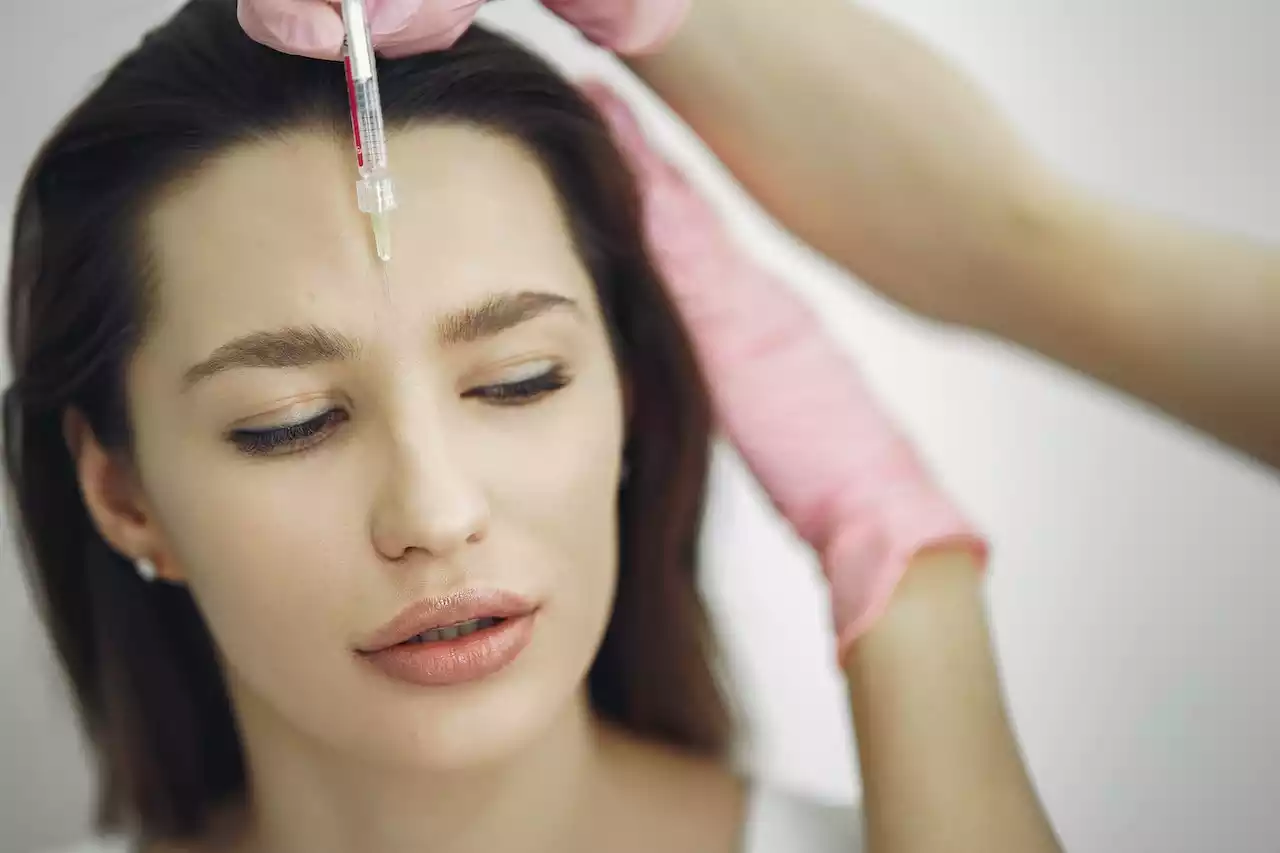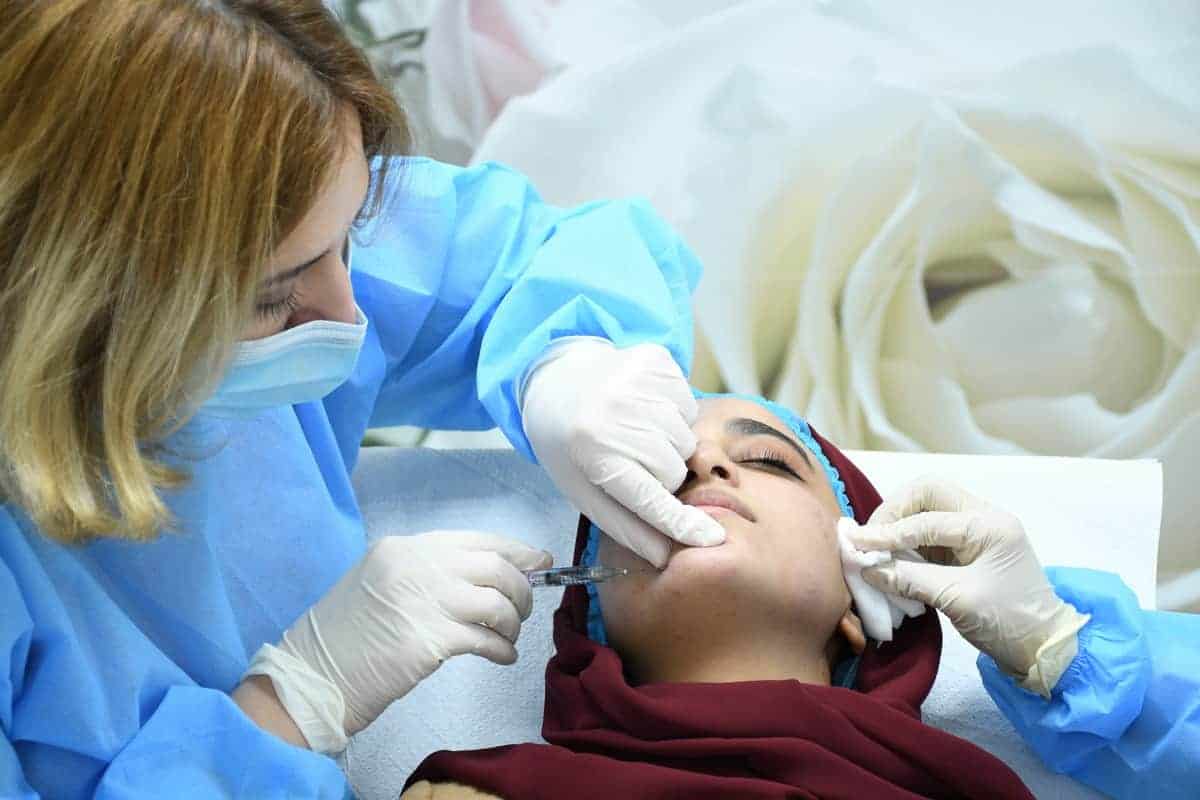Cosmetic surgery has seen remarkable advancements, offering people the chance to enhance their appearance and boost their confidence. A crucial element ensuring these procedures are both safe and comfortable is anesthesia for cosmetic surgery. Anesthesia not only minimizes pain but also enhances the overall safety and effectiveness of surgeries. Let’s explore how this essential component plays a vital role in patient care, creating a secure and comfortable experience.
How anesthesia enhances safety in cosmetic surgery
Anesthesia for cosmetic surgery involves the use of medication to prevent pain and discomfort during procedures. It plays a key role in ensuring patient comfort while allowing the surgical team to perform complex tasks with precision and care.

Anesthesia contributes to safety in several ways:
- Pain management: Effectively controls pain during and after surgery, allowing patients to remain comfortable.
- Reduced anxiety: Helps patients relax or remain unconscious, significantly reducing stress associated with undergoing surgery.
- Facilitating complex procedures: Provides a controlled environment for surgical teams, allowing for focused and precise work without patient discomfort or movement.
- Monitoring vital signs: Allows for close monitoring of vital signs throughout the procedure, ensuring patient safety and enabling immediate intervention if issues arise.
Types of anesthesia for cosmetic surgery: An in-depth look
Depending on the patient’s needs and the complexity of the procedure, different types of anesthesia for cosmetic surgery are used. Each offers specific benefits to enhance safety and comfort.
Local Anesthesia
Local anesthesia numbs a specific area of the body where the surgery is performed and is commonly used for minor procedures involving anesthesia for cosmetic surgery.
- Benefits: The patient remains awake, with minimal recovery time and fewer side effects.
- Considerations: Best suited for less invasive procedures and can be combined with other anesthesia types for extended surgeries.
Sedation (Conscious sedation)
Sedation, often referred to as twilight sedation, keeps the patient relaxed yet responsive, used in conjunction with local anesthesia for more extensive procedures.
- Benefits: Quick recovery, stress reduction, and comfort without full unconsciousness.
- Considerations: Ideal for moderately invasive procedures, balancing awareness with ease.
General anesthesia
General anesthesia is used for more invasive procedures, where complete unconsciousness is necessary.
- Benefits: Offers comprehensive pain relief and unconsciousness, allowing for extensive surgical procedures.
- Considerations: Requires longer recovery time, typically used for major surgeries.

Preparation and the role of the anesthesia team
Preparation for anesthesia for cosmetic surgery involves detailed assessments to ensure optimal patient outcomes. An anesthesiologist works closely with the surgical team to develop a tailored plan for each patient that aligns with the specific needs of their procedure.
Pre-surgery preparation
- Health evaluation: Includes thorough medical examinations to identify and manage any underlying health concerns.
- Medication review: May involve adjusting medications based on the type of anesthesia planned.
- Fasting instructions: Guidelines are provided on when to stop eating and drinking to minimize risks associated with anesthesia for cosmetic surgery.
The role of the anesthesia team
The anesthesia team is crucial in ensuring a smooth and safe surgical experience. They manage and monitor the patient’s condition throughout the procedure.
- Patient monitoring: Continuously tracks heart rate, blood pressure, and oxygen levels to maintain safety.
- Anesthesia management: Adjusts anesthesia levels as needed during the procedure.
- Postoperative care: Ensures comfortable and safe recovery, addressing pain or side effects from the anesthesia.
Recovery and aftercare following anesthesia
Understanding what to expect post-surgery helps ease concerns about recovery and enhances the healing process.
Immediate recovery
- Monitoring: Patients are closely observed after surgery until anesthesia effects diminish.
- Side effect management: Temporary side effects, such as grogginess or nausea, are common but well-managed with care.
Longer-term recovery
- Follow-up care: Includes regular check-ups to ensure proper healing and address any concerns related to surgery or anesthesia.
- Guidance and support: Patients are advised on activity levels, pain management, and addressing potential complications.
Common types of anesthesia in cosmetic surgery procedures
Understanding the type of anesthesia used in various cosmetic procedures helps patients feel more comfortable and informed about their surgical journey. Here are some of the most common anesthesia approaches based on the procedure:
Liposuction
Liposuction can be performed under local anesthesia with sedation or general anesthesia, depending on the extent and area being treated. Smaller areas may use local anesthesia to numb specific spots, while larger procedures often require general anesthesia to ensure maximum comfort.
Tummy tucks
Abdominoplasty, or tummy tucks, typically involves local anesthesia with sedation, administered by a board‑certified anesthesiologist, given the comprehensive nature of the surgery. This allows the surgeon to address the muscles and skin tissue properly while the patient remains comfortably unconscious.
Rhinoplasty
For nose reshaping or rhinoplasty, general anesthesia is commonly chosen to ensure the patient’s comfort and motionless state, allowing precision work on the nasal framework.
Breast augmentation
Breast augmentation surgeries generally use local anesthesia with sedation, providing a safe environment for both patient and surgeon to achieve the desired enhancement without any interference from movement or discomfort.
Eyelid surgery
Blepharoplasty, or eyelid surgery, utilizeLocal anesthesia with sedation, administered by a board‑certified anesthesiologist.
Understanding these common practices of anesthesia for cosmetic surgery allows patients to have more in-depth discussions with their surgical team, aligning expectations and reducing anxiety about the procedure ahead.

Embrace your enhanced look
Anesthesia for cosmetic surgery plays a crucial role in shaping not only the outcome but also the experience of your surgical journey. A well-coordinated anesthesia plan ensures that your procedure is both safe and comfortable, setting the stage for the results you envision. The synergy between skilled surgeons and an expert anesthesia team is essential for achieving optimal success, allowing you to embrace your transformation with assurance and tranquility.
At Clinica Renueva, we pride ourselves on providing exceptional care and utilizing advanced anesthesia techniques tailored to meet the unique needs of each patient. Our comprehensive approach to cosmetic surgery is designed to ensure that every aspect of your experience is handled with precision and professionalism. From the initial consultation through recovery, our dedicated team is committed to delivering not only safe and effective anesthesia for cosmetic surgery but also a warm, supportive environment that prioritizes your comfort and satisfaction.
Choosing Clinica Renueva means placing your trust in the hands of seasoned professionals who are passionate about helping you achieve your aesthetic goals. As the leading option for cosmetic surgery in Tijuana, we are here to guide you every step of the way, ensuring that your journey to enhanced beauty is positive, seamless, and rewarding.






